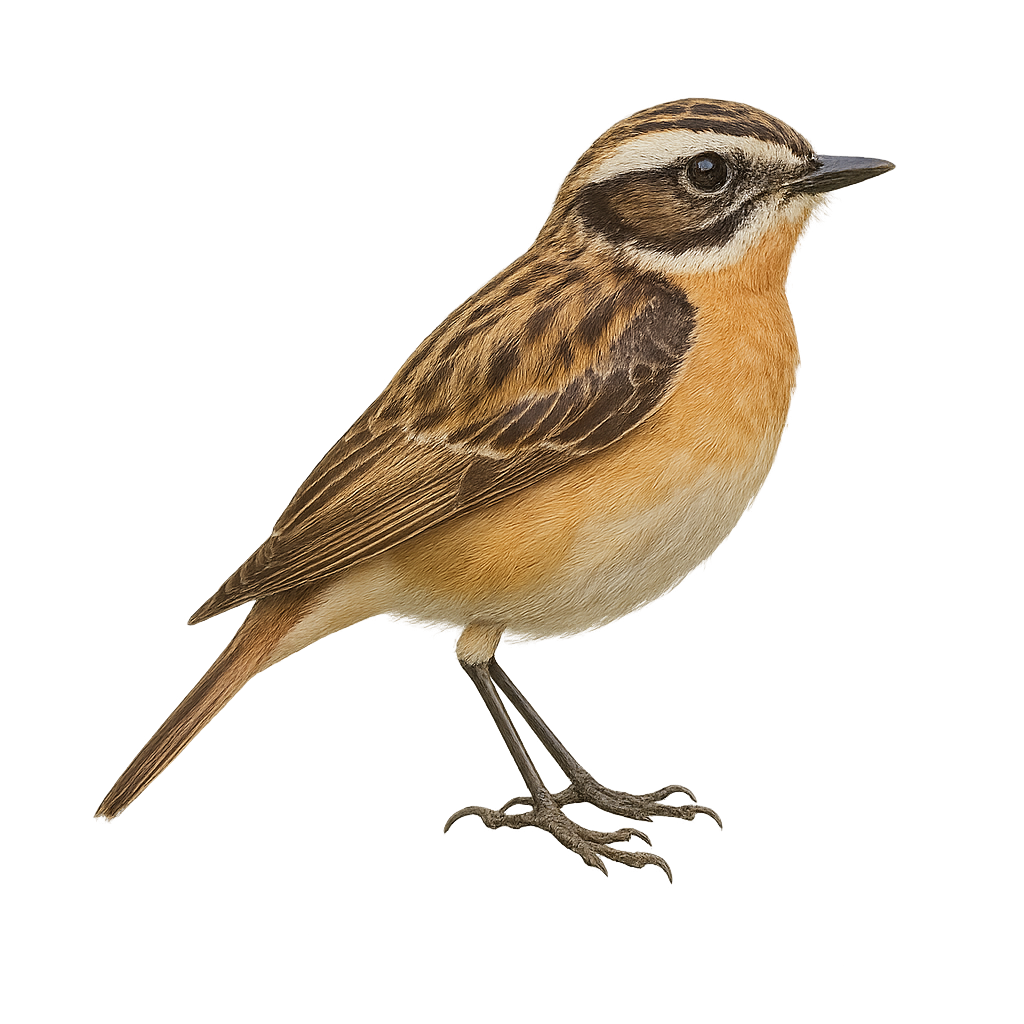Your wildlife photography guide.
Explore the whinchat in detail, study its behavior, prepare your shots.
Where to observe and photograph the whinchat in the wild
Learn where and when to spot the whinchat in the wild, how to identify the species based on distinctive features, and what natural environments it inhabits. The WildlifePhotographer app offers tailored photography tips that reflect the whinchat’s behavior, helping you capture better wildlife images. Explore the full species profile for key information including description, habitat, active periods, and approach techniques.
Whinchat
Scientific name: Saxicola rubetra

IUCN Status: Least Concern
Family: SAXICOLIDAE
Group: Birds
Sensitivity to human approach: Suspicious
Minimum approach distance: 20 m
Courtship display: April to June
Incubation: 11-13 jours
Hatchings: May to July
Habitat:
Meadows, cultivated fields, open areas
Activity period :
Primarily active during the day, with peak activity in the morning and late afternoon.
Identification and description:
The whinchat is a small passerine bird found primarily in meadows, cultivated fields, and open areas across Europe and Asia. It is easily recognized by its brown and beige plumage, orange chest, and white markings on its head. This small bird primarily feeds on insects, which it catches by flying or by perching to observe its surroundings. The whinchat is also known for its territorial behavior and distinctive song.
Recommended lens:
600 mm – adjust based on distance, desired framing (portrait or habitat), and approach conditions.
Photography tips:
Photograph the whinchat using a telephoto lens to capture its movements and behaviors in flight or when perched. It is best to photograph early in the morning or late in the afternoon when the light is soft and the bird is more active. Be ready to capture a moment when it sings or interacts with its surroundings.
The WildlifePhotographer App is coming soon!
Be the first to explore the best nature spots, track rutting seasons, log your observations, and observe more wildlife.
Already 1 431 wildlife lovers subscribed worldwide

